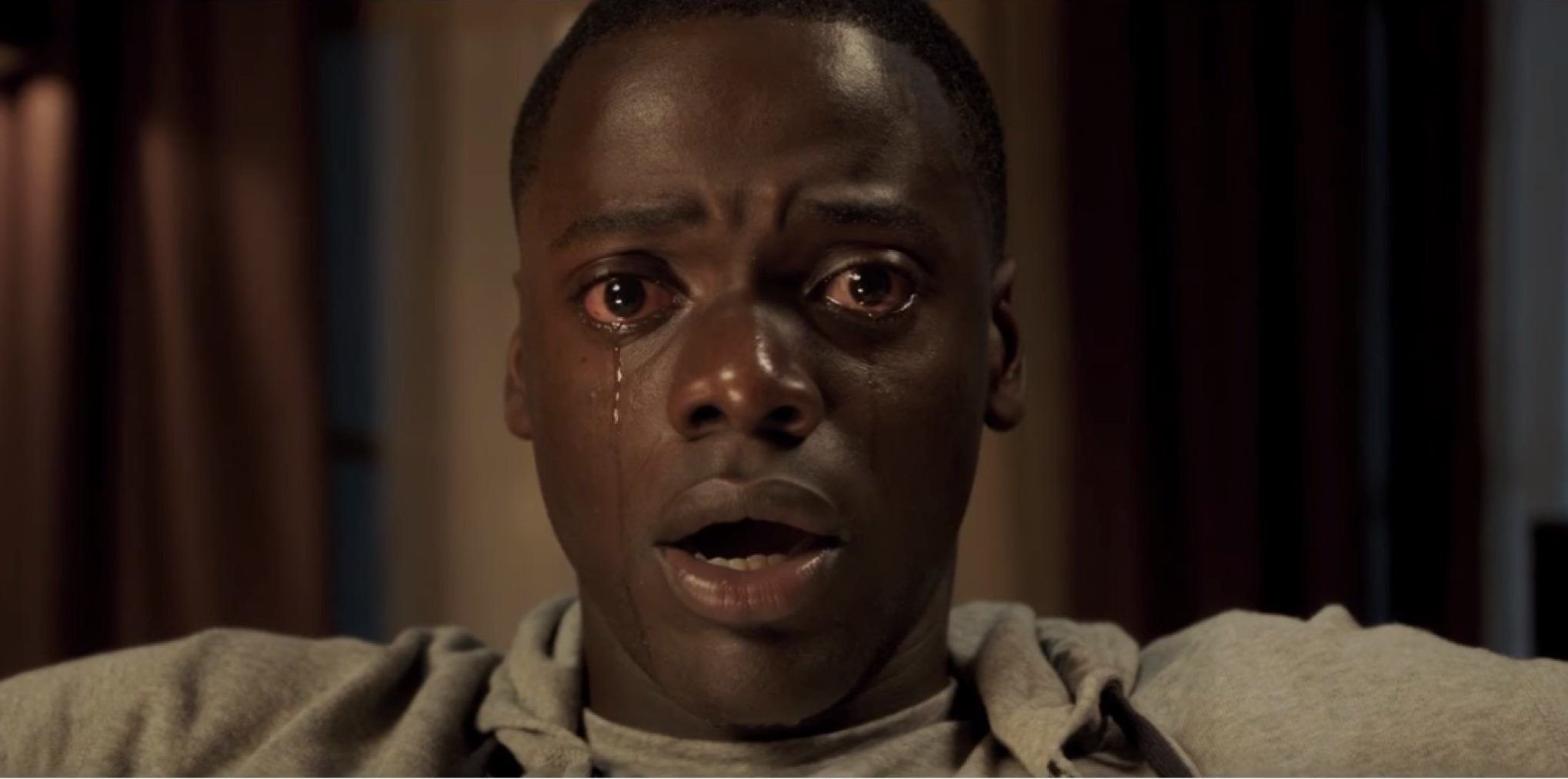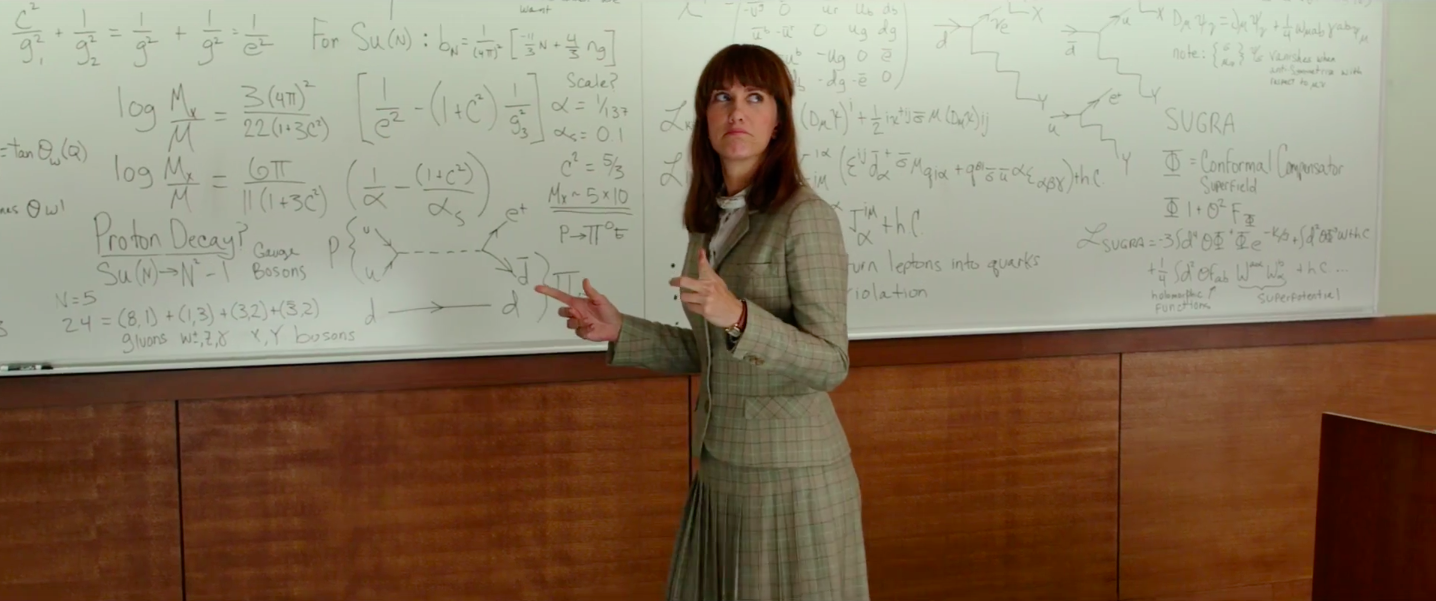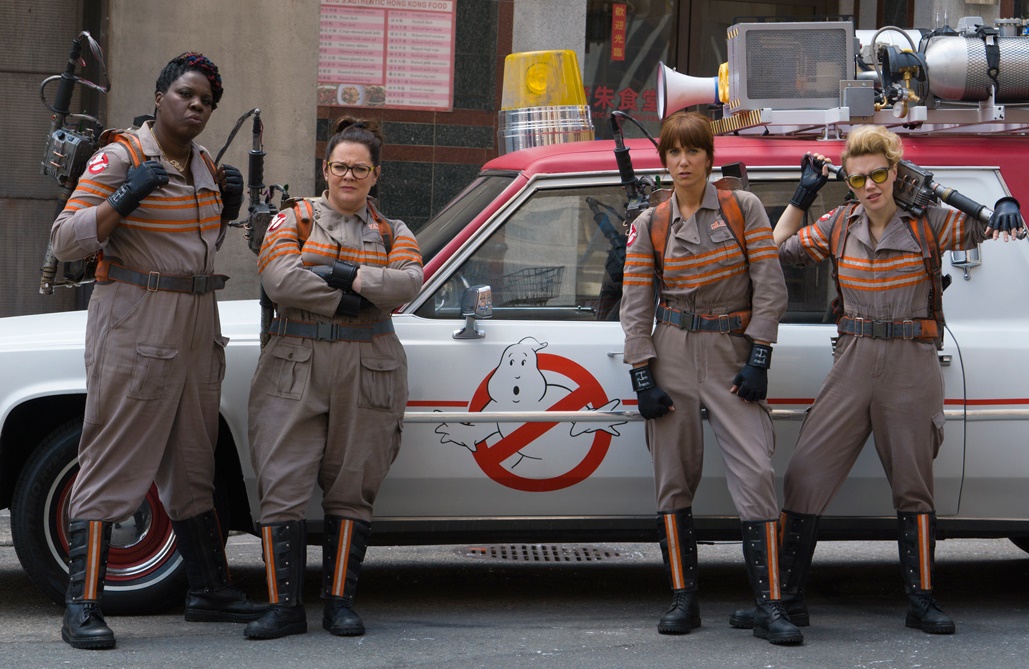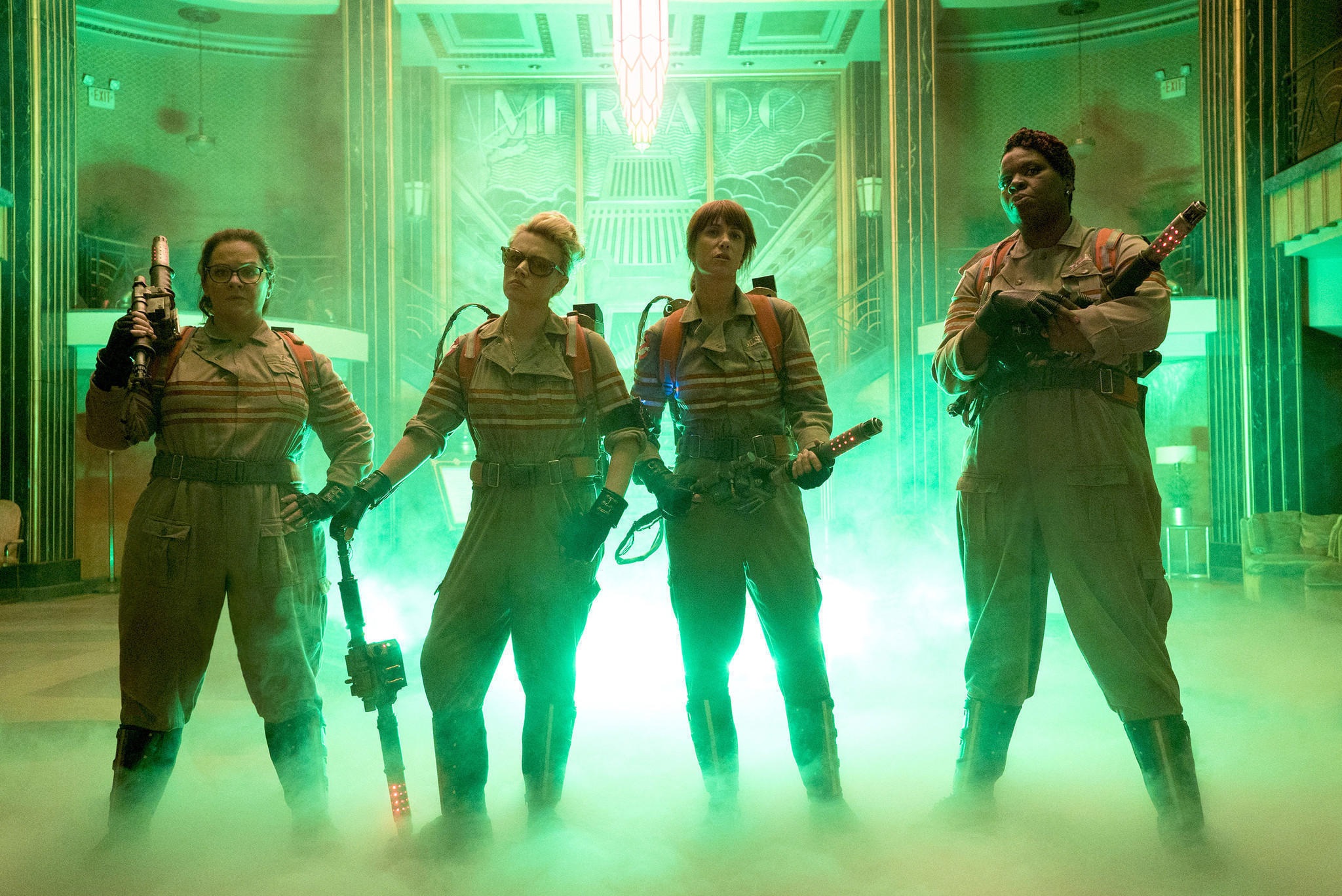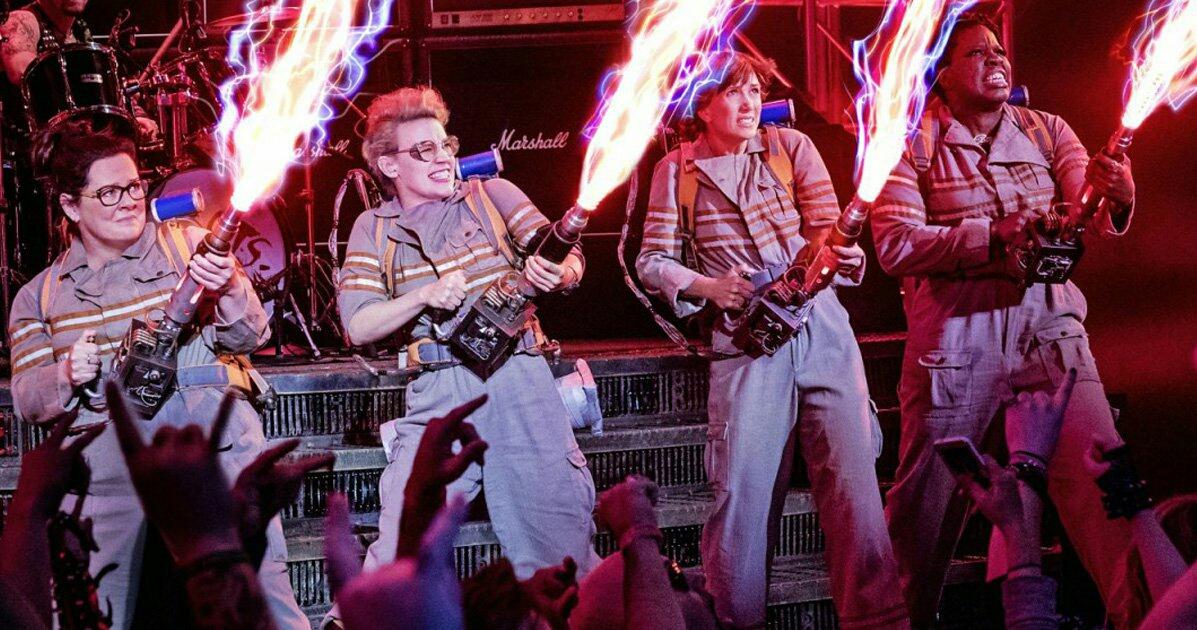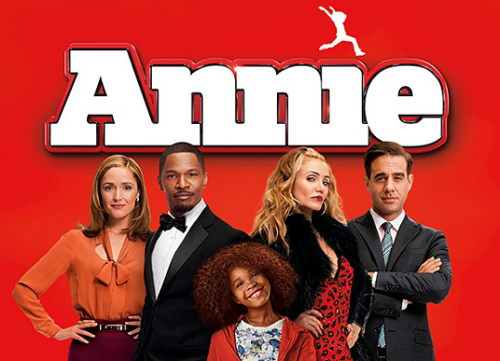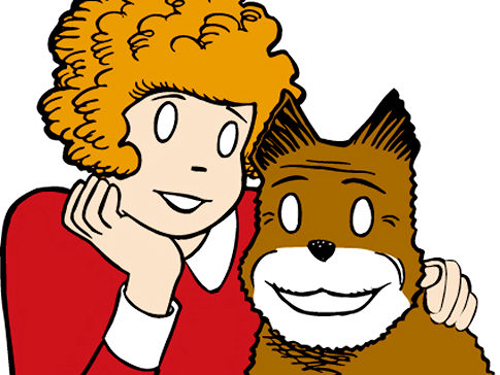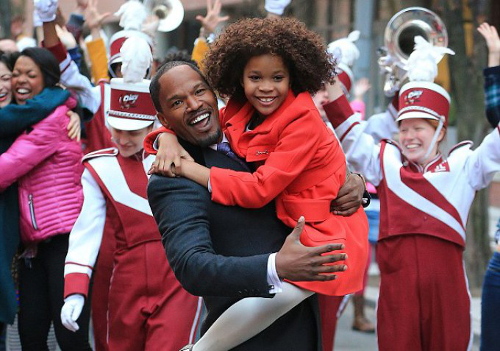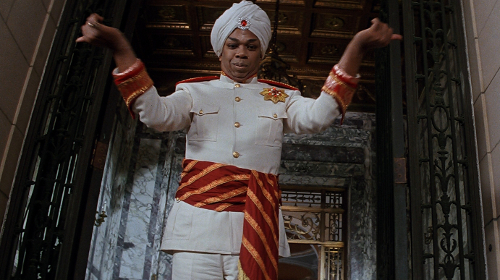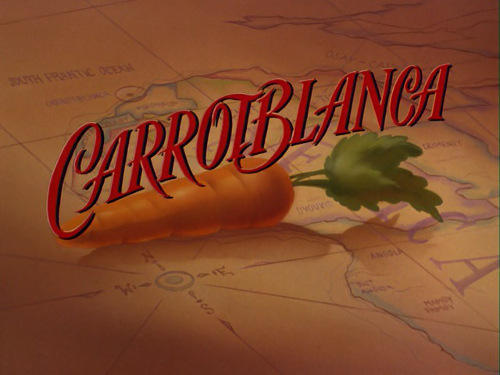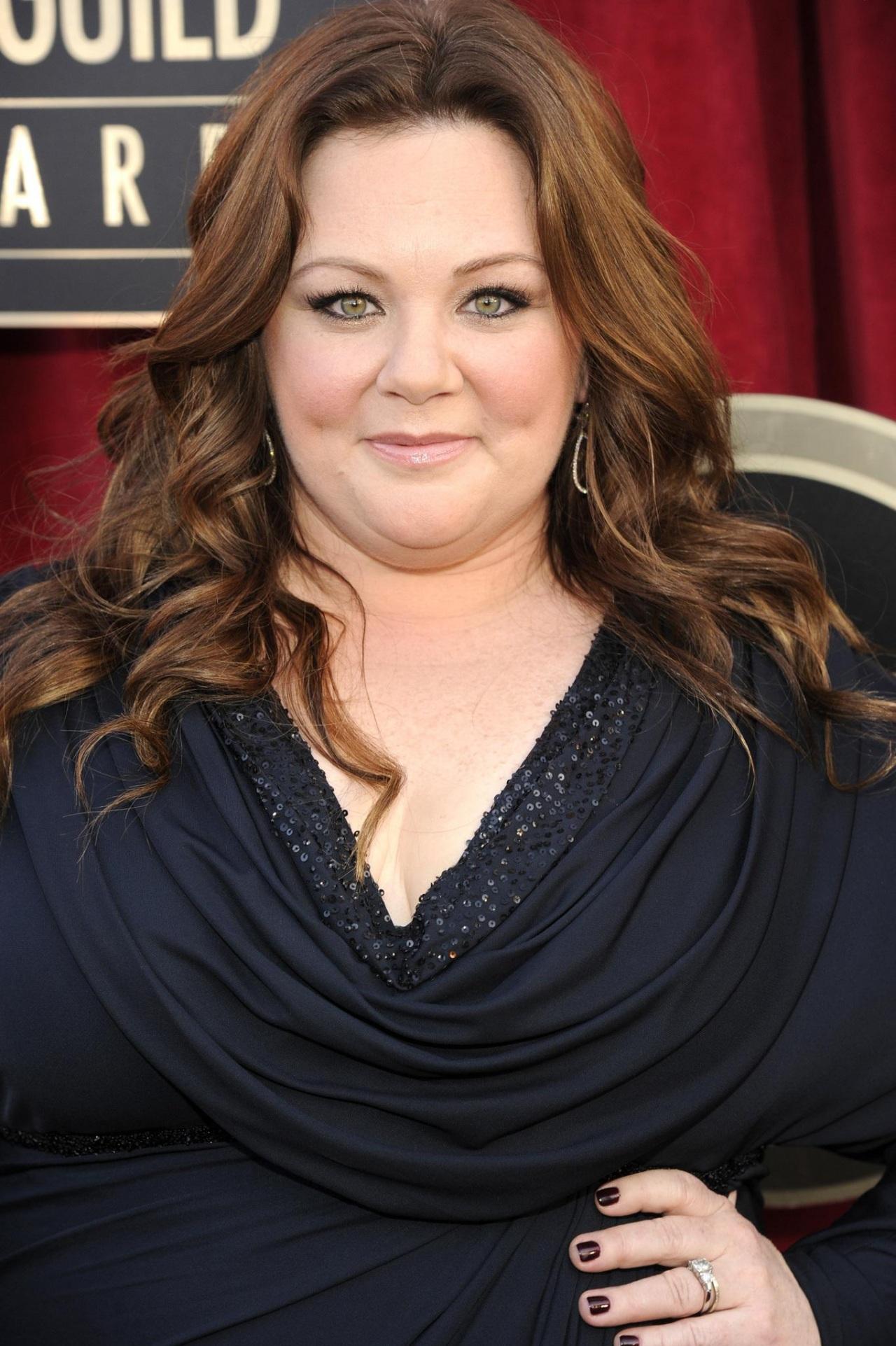This guest post is written by Josephine Maria Yanasak-Leszczynski.
Saturday, April 22nd at Chicago Comic & Entertainment Expo (C2E2) was the most crowded day yet. Crown Champions of Cosplay hopefuls showed up in their most creative and best, and those hoping to attend panels and shop the floor arrived early.
In recent years, both the “big two” comic book publishers (DC and Marvel) have removed all floor presence, meaning that while they host panels, they have no representation on the floors beyond third-party vendors — a noticeable shift from big market branding to more independent vendors.
There was little floor presence for film and television, besides celebrity autographing sessions and merchandise by third parties. Weta Workshop did host a booth and held a special effects demo on Sunday of the convention. The effects company is famous for a number of films, including the Lord of the Rings trilogy. Like any good vendor, they have merchandise for sale, including impressively rendered models of some of their most famous creations. Their presence at the convention is more than just filling floor space, however. Staff is available to chat about their creations, and even about special effect techniques in film. It’s an unexpected resource for filmmakers at a convention that is traditionally centered on comic books.
At the Crown Champions of Cosplay, cosplayers compete with each other for the crown. Judged by special effects professionals and cosplay celebrities, their entries were judged for craftsmanship and then their performance on-stage. While timing makes it impossible for some people to attend the competition, the celebration lasts all day with entrants and others joining in with their best costumes on the floor and in panels.
“Reinventing Horror: What’s Next for Horror in Comics & Film?” Panel
The “Reinventing Horror: What’s Next for Horror in Comics & Film?” panel, moderated by Ain’t It Cool News’ M.L. Miller provided the highlight of the day. Filmmaker Kellee Terrell, cover artist Jenny Frison, writer Brian Level, and director Dorian Weinzimmer shared their thoughts on recent horror, where they want to see the genre go next, and how to get there.
One message reinforced in panels throughout the day — including the “Gender Identity: Understanding Through Art” panel earlier that morning — was best articulated by Kellee Terrell: the need for diversity in film. The revelation of Get Out sparked a conversation on representation, universal experiences, and relating to what’s on-screen.
“When we talk about what’s universal, as a Black woman, Hollywood is not geared toward me,” Terrell explained. “Besides Get Out, I cannot name that many movies with people like me… I want to create movies that have people that look like me, but you can still relate to them.”
The panelists agreed that having films with diverse casting or character elements does not exclude audiences. In fact, Terrell expanded, “The more you see people that don’t look like you, it enhances who you are.” Frison shared her own experience with seeing herself in movies, explaining that she never had a problem seeing herself in action films. Or so she thought:
“I didn’t know what I was missing until I saw [Mad Max:] Fury Road… Now I can really be a badass.”
Level agreed that more diversity is needed in the industry, both indie and Hollywood, citing that some of his favorite films that have come out recently were written and directed by women. “And I want to see more of that,” he said to many head nods in the audience. Later he elaborated, “I get so excited to see things I have never seen before from viewpoints I cannot have.”
Weinzimmer also added that it’s important to get to a point in narrative filmmaking where we can have diverse characters that are not defined by the fact that they’re different from the status quo: “And have the focus not be on them, but on who they are as characters.” “I want us to be really careful when we talk about that,” Terrell cautioned. She reiterated that when depicting personal experience to draw on a universal one, we cannot erase what makes those experiences personal. Weinzimmer agreed.
The panelists also explored what drew them to the horror genre in the first place. Some cited their beginnings in horror to the video store. Some were attracted to the cover art, others to the thrill of picking out an R-rated movie as a minor. Like so many, their introduction to their current favorite genre seems to be tied to format. There is nothing like picking out a movie in a video store, an experience that is largely missing with the rise of Netflix.
While not discussed in depth at the panel, this was a fitting parallel to the generations of experiences attending C2E2. A convention mostly about comics, the attendees have vastly different experiences with comics themselves. While there are still plenty of independent shops on the floor, few are local. Mostly gone are the collectors selling off their dusty boxes of garage kept trades. The experience at conventions like these have changed significantly, even in just the last few years. The move to digital undoubtedly has something to do with it. This doesn’t necessarily mean that there is a decrease in quality of content, but it is a shift, and the truth is that people getting into film and television now are building a very different nostalgic base for genre. That being said, some forms of media delivery are not dead.
While fans pressed actress Danielle Panabaker at a celebrity spotlight session for clues as to what might happen in the next five episodes of the CW’s The Flash, where she is poised to become the villain Killer Frost, she gave nothing away. It was clear that while audiences are now used to binge watching entire seasons of shows on online streaming services, they are also willing to wait for what comes next in something they truly enjoy.
The best moment of the con so far was incited when the “What’s Next for Horror” panel ran over time to answer one last fan question. While it had been a friendly experience up to that point with some honest discussion, this fan was ready to take on the big problems in film. It’s hard to remember his actual question, but his statements implied that diversity creates a lack of reality in film. Citing the recent Ghostbusters film as an example, he said that the female protagonists’ reactions to the ghosts in the films were inaccurate and displayed a “false level of badassery.”
The panelists disagreed, explaining that the film was about ectoplasm and absurd spirits with a heavy comedic element. They collectively pointed out that the same conversation would not be had if the rebooted Ghostbusters starred men, which Weinzimmer expanded on. “When they go into the library… I would have been running out of there!” he said of the realism of badass Ghostbusters.
As the Ghostbusters attempted to draw out the conversation, Terrell finally put an end to the discussion saying firmly, “No, I don’t agree with you.”
The panelists all lined up, there was applause, and now I have a phrase for a T-shirt for next year’s C2E2.
All C2E2 2017 photos taken by Josephine Maria Yanasak-Leszczynski.
Links:
Kellee Terrell’s Vimeo
Revival comic book series (cover art done by Jenny Frison)
Josephine Maria Yanasak-Leszczynski is a museum educator by day (and often night), and a freelance writer every other time she manages to make a deadline. She can be found on Twitter @JMYaLes.
